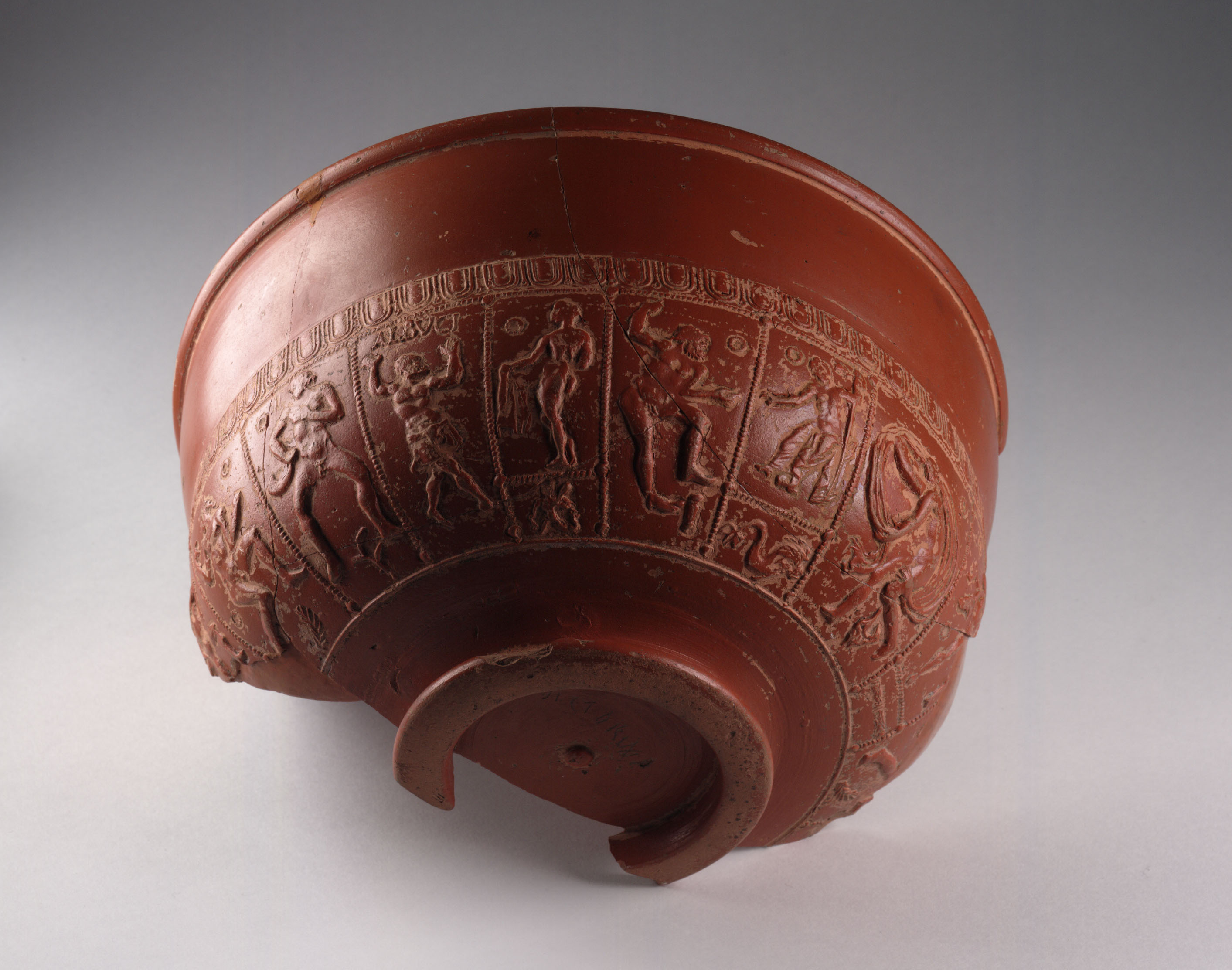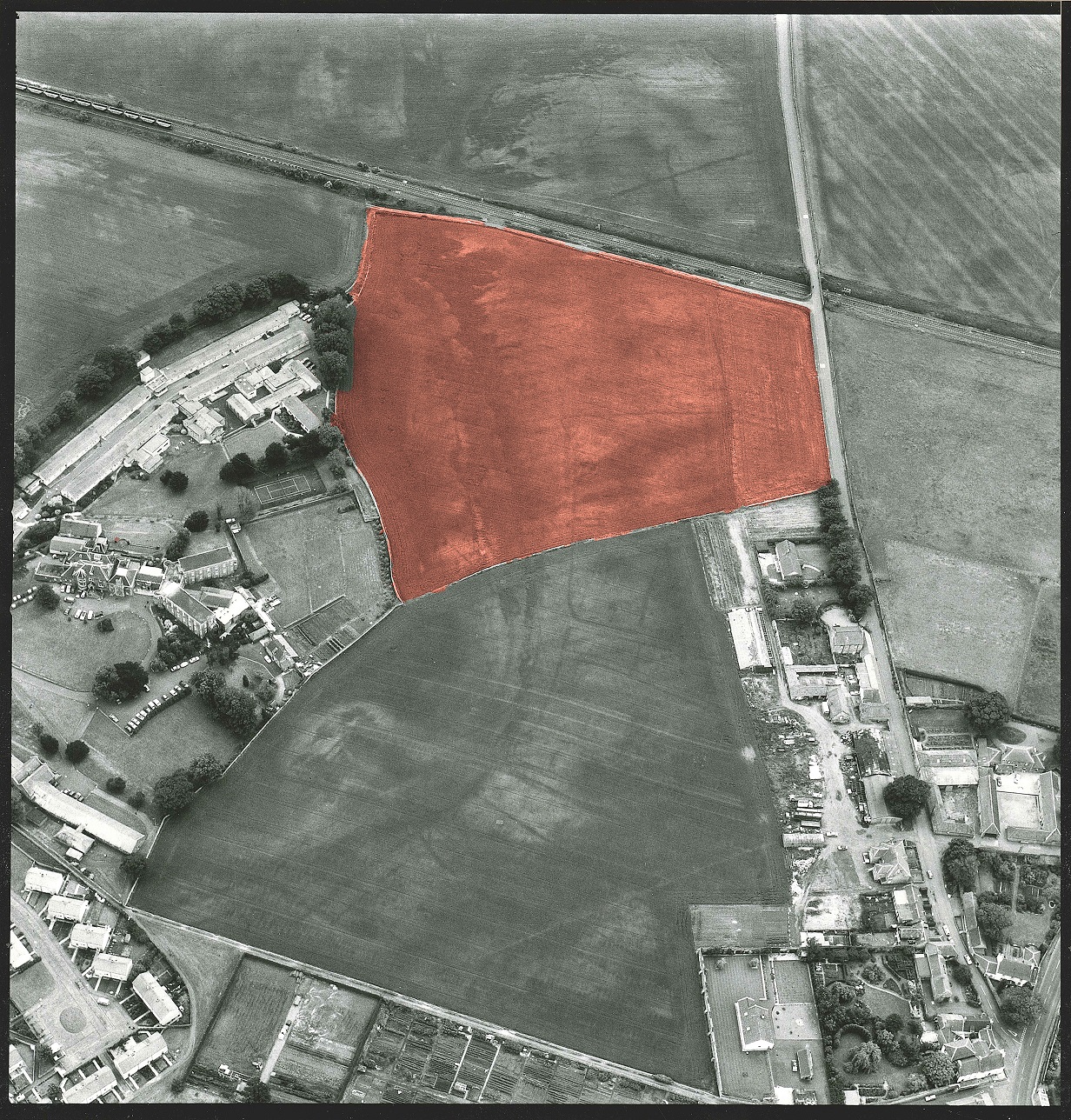One of our roles as an organisation is to compile and maintain designation records to ensure that Scotland’s heritage is recognised for future generations. In 2015, a change in the law allowed a legal right of appeal against some of our designation decisions for the first time. This gives owners, occupier and tenants the opportunity to appeal if they disagree with our decisions. An appeal tests the decisions we make and we use the results to improve the work we do.
Our first designation appeal
The designations we look after include listed buildings, gardens, battlefields, and scheduled monuments. There are around 8,000 scheduled sites and they include a huge variety of archaeological places and structures, such as prehistoric burial mounds, early Christian carved stones and ruined castles.
Earlier in 2016, we reviewed the scheduled monument record for a site known as Catherine Lodge, a Roman Settlement near Inveresk in East Lothian. We took the decision to increase the area which was scheduled to include a field which had not been scheduled before. The owner of the field objected and appealed the decision – the first appeal we received under the new legislation.
Why the site is important
Inveresk and its surrounding area is one of the most important Roman sites in Scotland. A Roman fort was built and used at Inveresk from around AD 142 until AD 165 – the longest Roman occupation of Scotland. In 1565 a Roman altar was found at Inveresk and Mary Queen of Scots wrote to the magistrates of Musselburgh to say that the stone should not be broken down. This makes this altar, which was later destroyed, the first ever Scottish archaeological object to have been recorded.

Roman bowl from Inveresk
© National Museums Scotland
Around the fort a town developed. This settlement had roads and timber buildings for housing, industrial and leisure uses, as well as a temple and plots for growing crops and keeping animals. The size and complexity of the site shows us that it was an important economic site in Roman Scotland. The fort and settlement at Inveresk survive today as buried archaeological remains and much archaeological research has been carried out to tell us how the site developed and was used. As an area with rich archaeological potential there are a number of separate scheduled sites around Inveresk which help to protect this important site.
When we reviewed the Catherine Lodge site, we took into account further research and understanding that has come to light since the area was scheduled in 1975. As a result, we found that a field which had not previously been scheduled met the criteria for scheduling.

The field in question at Catherine Lodge
However, the owner objected to this field being included in the protected area for two main reasons.
- They believed that there was not enough evidence to prove that the field contained nationally important archaeology
- They felt that the interest of the site could be recognised by another method other than scheduling.
How the appeal process works
The right of appeal against some of our designation decisions means that our work is open, transparent and can be tested. An owner has to appeal within three months of our notification that there has been a change. Documents setting out the owner’s reason for appeal, as well as our reasons for scheduling, were submitted to the Planning and Environmental Appeals department of the Scottish Government and a Reporter was assigned to decide the case.
The Reporter held a hearing on 26 January where both sides gave further information to support their views. Further documents were exchanged and the Reporter reached his decision on 13 March.
The decision
The Reporter found that ‘the monument is of archaeological and historic significance for its evidence of Roman incursion, settlement and agriculture in Scotland. It includes remains which relate to its place as a rare example of its kind within Scotland. There is also likely to be evidence below ground which adds to the understanding of the development sequence of that settlement and agriculture’. He concluded that in this case ‘the whole of the monument as scheduled is of national importance and that scheduling is necessary to protect the remains.’
You can read all the documents and the Reporter’s decision on the DPEA website. You can find out more about the appeal process on our website.

